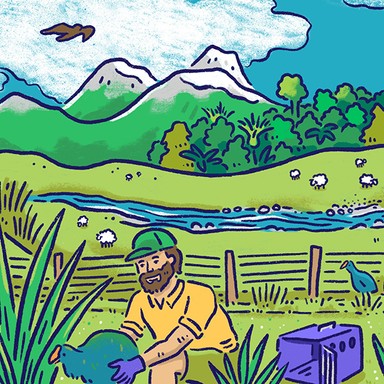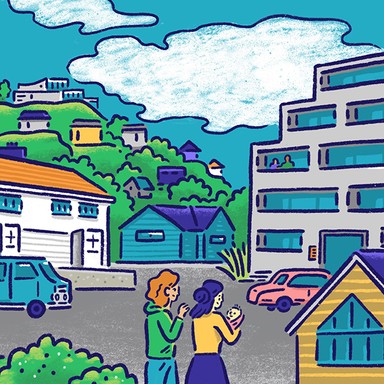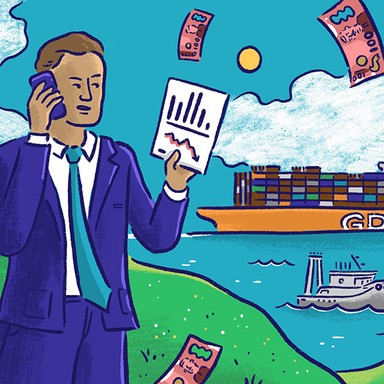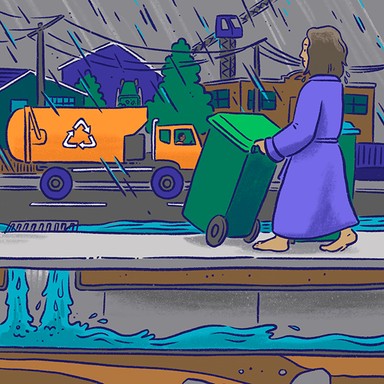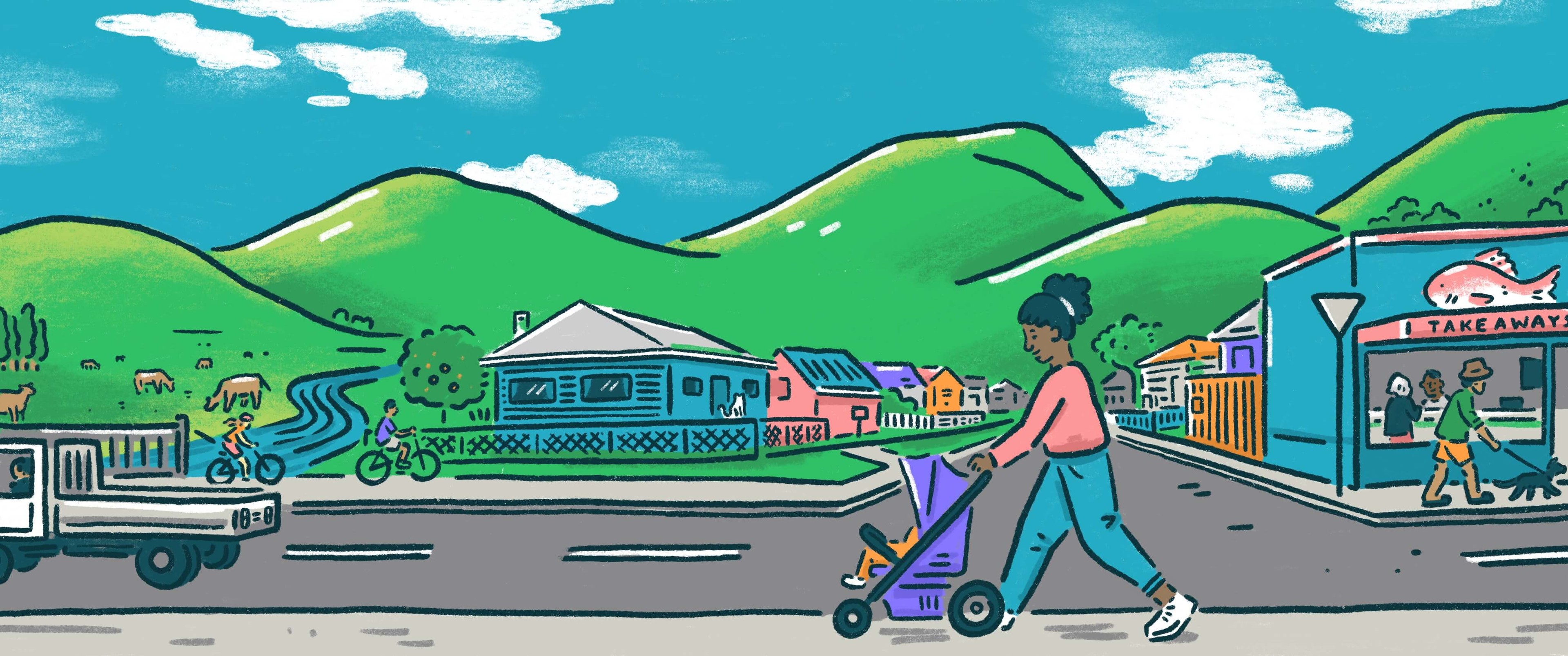
Tasman District Council

Rates and revenue
The work of local government is funded mainly by property taxes in the local area, known as rates. This makes up around 60% of council expenditure, with the rest coming from user charges, investment income, regulatory fees and roading subsidies. Councils can also borrow money to spread the cost of large investments such as infrastructure over a longer period of time.

Rates and revenue
The work of local government is funded mainly by property taxes in the local area, known as rates. This makes up around 60% of council expenditure, with the rest coming from user charges, investment income, regulatory fees and roading subsidies. Councils can also borrow money to spread the cost of large investments such as infrastructure over a longer period of time.
Focus on paying down council debt, and have a time and percentage target for debt reduction.
Curb council spending by keeping within budgets set.
Limit any rates increase.
Curb rate increases by curbing spending on nice-to-haves, not need-to-haves. If it ain't broke – don't fix it.
Actively consult with community about where they want their money spent.
Advocate for necessary and adequate central government funding during the local government reform.
Introduce targeted rates for irrigation consent holders in the Waimea zone of benefit.
Revisit the operating model for port and airport. Proposed model voted down would have saved 3/4 million per annum. in costs.
Support anything that reduces the need to have debt. Avoid temptation for more! The dam has made a debt yoke for ratepayers.
Rates is always a balancing act between providing for infrastructure improvements and keeping rates as low as possible.
Maintain lowest rates possible to reduce burden on ratepayers and residents.
Promote in smarter investments so if debt is taken on, it can be paid off quicker or to consolidated to reduce the raising of rates.
To ensure budgets and contracts are delivered and if in surplus reinvested to pay off debt.
Focus on paying down council debt, and have a time and percentage target for debt reduction.
Curb council spending by keeping within budgets set.
Limit any rates increase.
Curb rate increases by curbing spending on nice-to-haves, not need-to-haves. If it ain't broke – don't fix it.
Actively consult with community about where they want their money spent.
Advocate for necessary and adequate central government funding during the local government reform.
Introduce targeted rates for irrigation consent holders in the Waimea zone of benefit.
Revisit the operating model for port and airport. Proposed model voted down would have saved 3/4 million per annum. in costs.
Support anything that reduces the need to have debt. Avoid temptation for more! The dam has made a debt yoke for ratepayers.
Rates is always a balancing act between providing for infrastructure improvements and keeping rates as low as possible.
Maintain lowest rates possible to reduce burden on ratepayers and residents.
Promote in smarter investments so if debt is taken on, it can be paid off quicker or to consolidated to reduce the raising of rates.
To ensure budgets and contracts are delivered and if in surplus reinvested to pay off debt.
Mayor
Compare the mayoral candidates in your area
Local council
Compare the candidates for your city or district council
Regional council
Compare the candidates for your regional council
Local board
Compare the candidates for your local or community board

